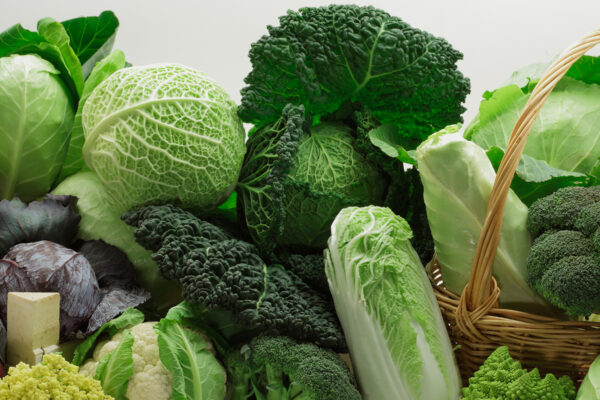WashU Expert: Immigration architecture and the border
Images of children locked in prison-like conditions have sparked heated debates about U.S. immigration policy, the role of the built environment, and the line between legitimate security and intentional cruelty. But underlying such debates is a simple question: “Is it possible to design a border architecture that is welcoming rather than foreboding?”
Opioid overdose should be treated like attempted suicide: with an emergency hold
Any “brilliant idea” that does not permanently fund prevention and treatment infrastructures at the level needed to persistently address the devastating consequences of addiction should not be consider novel or a step in the right direction.
Sanz recognized with Women-in-Primatology award
Crickette Sanz, associate professor of biological anthropology in Arts & Sciences at Washington University in St. Louis, received the 2019 Ai’s Scarf Award, otherwise known as the Women-in-Primatology Award. The honor was announced in Kyoto, Japan, in advance of World Chimpanzee Day July 14, a celebration of “our closest cousin in the animal kingdom.”
Crime and punishment
Two students in John Inazu’s first-year “Criminal Law” class embodied the lessons taught during the class about theories of punishment, questions of whether criminal justice can remedy injustice and issues of equity in sentencing.
Who Knew WashU? 7.9.19
Question: The copy of the Declaration of Independence on display in Olin Library originated in what colony?
For malnourished children, new therapeutic food boosts gut microbes, healthy development
Researchers at the School of Medicine and the International Centre for Diarrhoeal Disease Research in Dhaka, Bangladesh, are developing a new approach to address childhood malnutrition. They are designing therapeutic foods aimed at repairing the gut microbiomes of malnourished children.
Malone receives grant for studying kidney transplant antibody mediated rejection
Andrew Malone, MBBCh, assistant professor of medicine in the Division of Nephrology at the School of Medicine, received a five-year, $822,279 NIH Mentored Clinical Scientist Research Career Development grant for research titled “Single Cell Analysis of Kidney Transplant Antibody Mediated Rejection.” Read more on the Division of Nephrology’s website.
Duncan named chief of interventional radiology
James R. Duncan, MD, PhD, professor of radiology, has been named chief of interventional radiology for Mallinckrodt Institute of Radiology at the School of Medicine.
Mustering a milder mustard
Biologists in Arts & Sciences have mapped the crystal structure of a key protein that makes the metabolites responsible for the bitter taste in cruciferous plants like mustard and broccoli. The results could be used along with ongoing breeding strategies to manipulate crop plants for nutritional and taste benefits.
Buckley receives NASA grant for developing novel imaging calorimeter
James Buckley, professor of physics in Arts & Sciences, received a $667,954 award from NASA for the development of a novel imaging calorimeter for gamma-ray and cosmic-ray studies.
View More Stories








